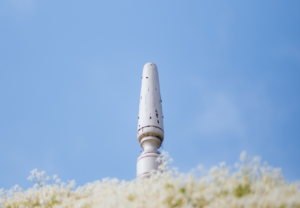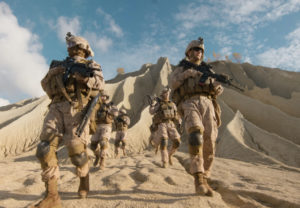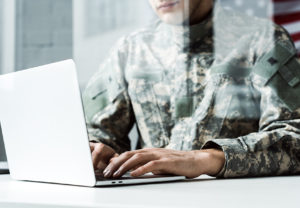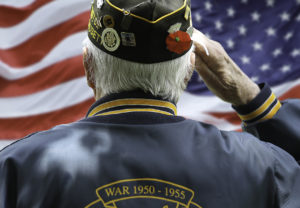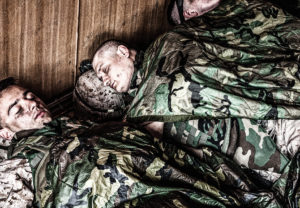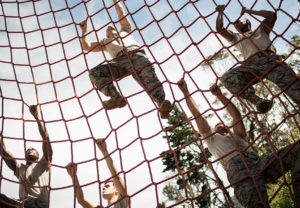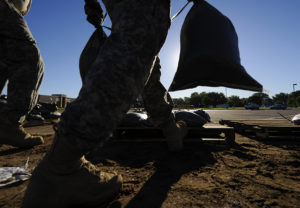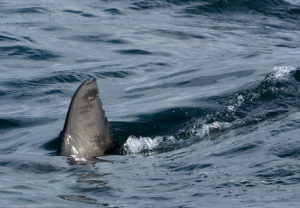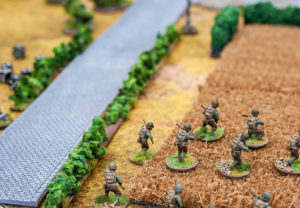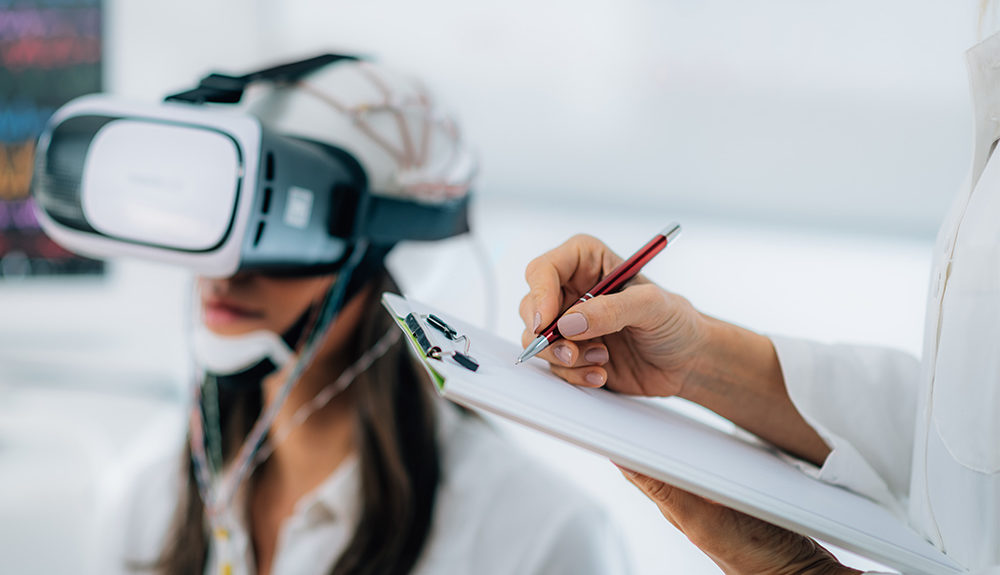By Tristan Jung
The Air Force is trying to bring computerized learning directly into the human brain. A recent research effort announced by the Air Force Research Laboratory’s 711th Human Performance Wing is pioneering the Individualized Neural Learning System (iNeuraLS) that can help airmen attain skills through neurotechnology.
This will effectively link the human brain to a computer in order to transmit information, something that sounds like a science fiction movie. However, the Air Force is hoping this futuristic linkage can deliver results.
The project will focus on first building a comprehensive map of the brain using non-invasive electroencephalography (EEG) and magnetoelectroencephalography (MEG) tests that pick up currents in the brain.
These tests will then be used to algorithmically find the best possible brain state so that humans can understand information. Using these images and algorithms, researchers hope to accelerate learning by accessing these optimal cognitive states. Researchers then plan to use brain stimulation and augmented reality to help train warfighters. Ideally, this process will rapidly speed up training for airmen.
“Neurotechnology is a major focus area for the 711 HPW with a huge potential for enhancing capabilities for the Air Force as we move forward,” Dr. Gaurav Sharma, Senior Technical Lead for Cognitive Neuroscience said. “AFRL is committed to developing neurotechnology-enabled solutions to improve warfighter performance.”
The project has received a three-year award and is part of the Air Force’s Seedlings for Disruptive Capabilities Program, which hopes to “seed” new ideas for the 21st century and beyond.


